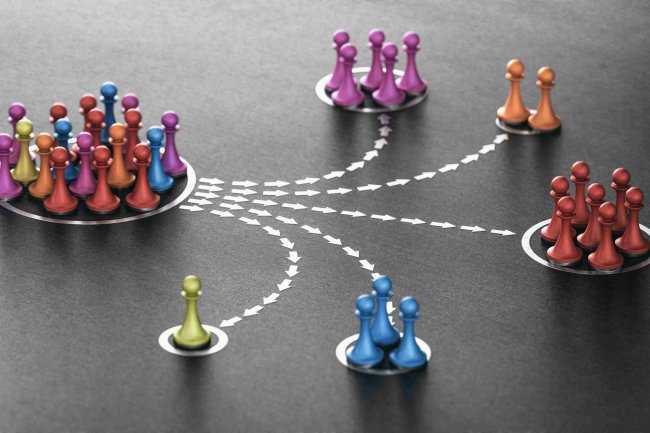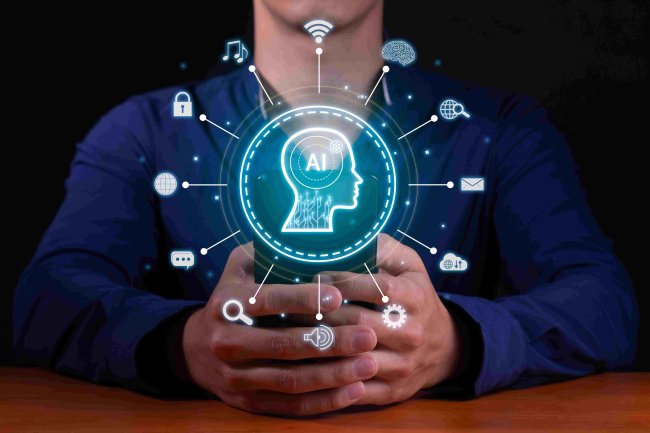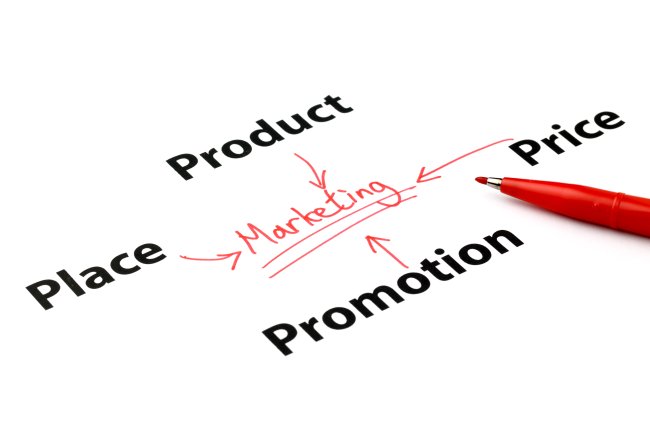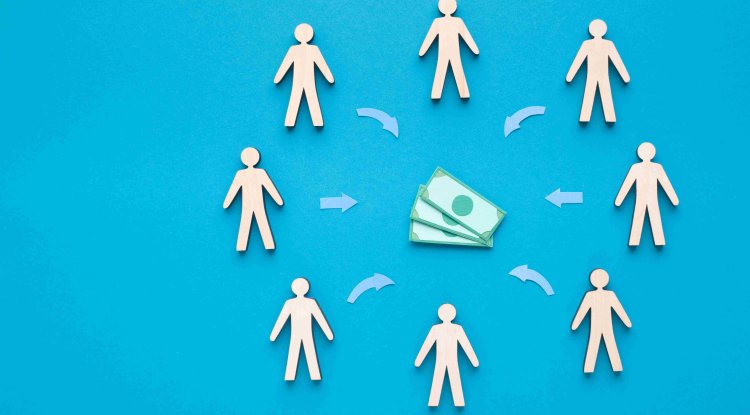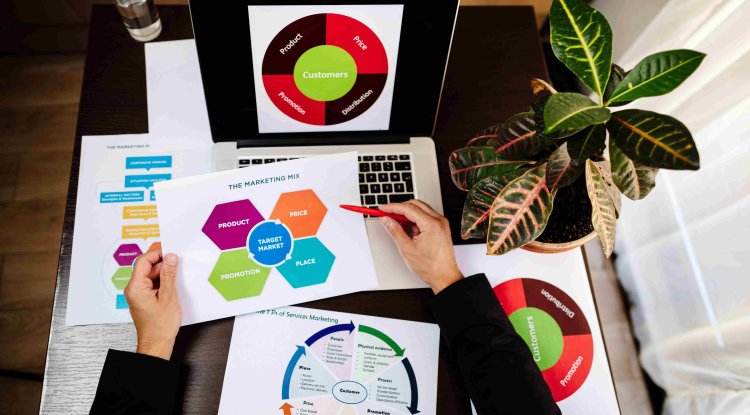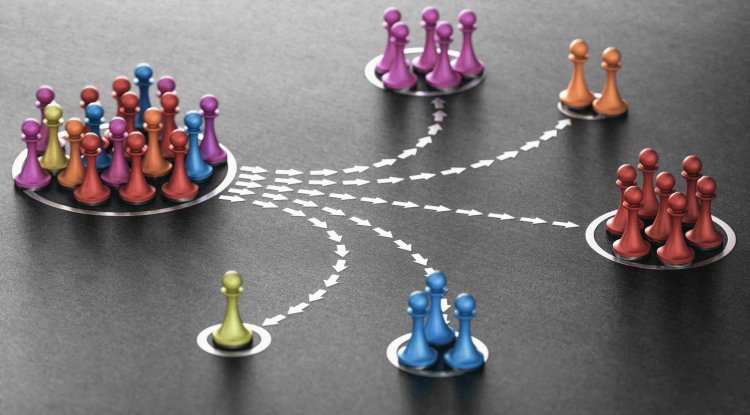Mastering Lead Lifecycle Stages to Supercharge Your Marketing Automation Strategy
Learn how mastering lead lifecycle stages can boost your marketing automation strategy and drive better engagement and conversions. Insights from digital marketing expert Raghav Chugh.
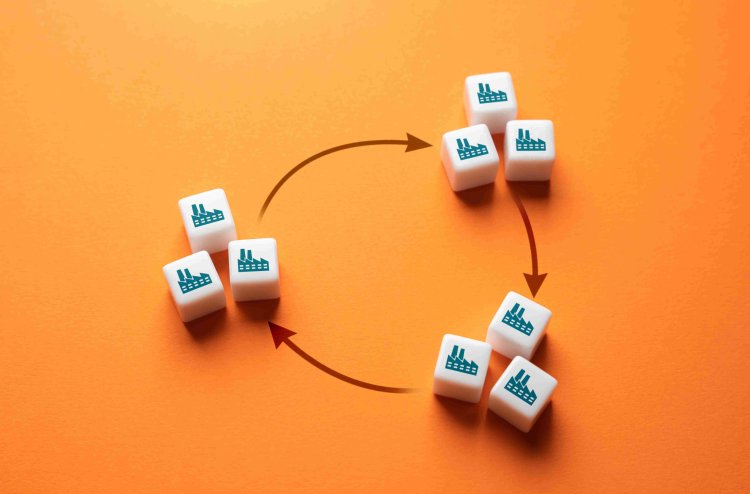
In today's competitive digital landscape, the success of a marketing strategy hinges on how well you understand and nurture your leads throughout their lifecycle. Every lead goes through a journey, and understanding the different stages in this journey can give your marketing automation strategy the edge it needs to convert more prospects into paying customers. By aligning your marketing activities with lead lifecycle stages, you can deliver the right content, at the right time, to the right audience, ensuring better engagement, higher conversion rates, and improved ROI.
As someone who has navigated the intricacies of marketing automation for over a decade, I can tell you with certainty that mastering lead lifecycle stages isn’t just a luxury – it’s a necessity. The key to success lies in using these stages not as a standalone framework but as an integrated part of your overall marketing automation strategy.
Breaking Down Lead Lifecycle Stages
The lead lifecycle typically follows a predictable set of stages, each reflecting the lead’s progression from initial awareness to becoming a qualified prospect, and eventually, a customer. Here's a breakdown of the common stages:
-
Awareness: Leads are just getting familiar with your brand. At this point, they’re likely encountering your content through top-of-funnel channels such as blogs, social media, or online ads.
-
Engagement: After becoming aware of your brand, leads begin to engage with your content. This could be through actions such as signing up for a newsletter, downloading a white paper, or attending a webinar.
-
Lead Qualification (MQL): Leads move into the Marketing Qualified Lead (MQL) stage once they’ve shown consistent engagement. They are not yet ready to make a purchase but are interested enough to be nurtured further.
-
Sales Qualified Lead (SQL): SQLs are leads that are ready to be passed on to the sales team. They’ve demonstrated interest through specific actions, such as requesting a demo or signing up for a free trial.
-
Customer: Leads who make a purchase or convert into paying customers enter the final stage of the lifecycle. However, the journey doesn’t end here—this is where retention and loyalty-building efforts become crucial.
Using Lifecycle Stages to Drive Your Marketing Automation
Effective marketing automation leverages these stages to provide personalized, relevant, and timely messaging. You need to ensure that each stage has tailored content and automation workflows that push leads through to the next stage. Here’s how you can optimize your automation at each stage of the lifecycle:
-
Awareness Stage: Focus on brand-building campaigns. This includes educational content like blog posts, videos, and social media engagement. Automation at this stage should prioritize lead capture through forms and progressive profiling techniques.
-
Engagement Stage: Automate nurturing workflows that trigger when leads download resources or engage with your emails. Send targeted emails that deliver value, addressing pain points, and highlighting your solutions.
-
MQL Stage: For marketing-qualified leads, you’ll want to automate deeper engagement, such as inviting leads to webinars or sending detailed case studies. This is where segmentation becomes essential—ensure your content is speaking directly to their identified interests or industries.
-
SQL Stage: When leads qualify for sales, automated workflows should trigger direct outreach from your sales team. Sales and marketing alignment are critical here. Automation should notify sales representatives with detailed information about the lead’s activities and interests.
-
Customer Stage: Post-purchase, the goal is to keep customers engaged. Automated feedback loops, cross-sell/up-sell campaigns, and loyalty programs can help turn one-time customers into repeat buyers.
Case Study: How Leveraging Lead Lifecycle Boosted Conversion by 40%
I implemented this lead lifecycle strategy with one of my clients, a B2B SaaS provider struggling with lead conversion rates. The issue? They were treating all leads the same. We revamped their approach, using lead lifecycle stages to inform every aspect of their marketing automation.
First, we mapped out the lifecycle stages and identified where leads were dropping off. The majority of their leads never moved past the engagement stage because the content wasn’t personalized. We developed segmented email nurturing campaigns, leveraging content that aligned with each stage. For MQLs, we introduced personalized demo invitations and free trial offers. SQLs received direct calls from the sales team as soon as they reached the handover point.
The results? A 40% increase in conversions, with the marketing team more efficiently passing high-quality leads to sales.
Why Lead Lifecycle Stages Matter More Than Ever
Lead lifecycle stages allow you to align your marketing and sales efforts more efficiently. By understanding where each lead is in the buyer's journey, you can craft personalized experiences that move them closer to conversion. Moreover, lifecycle stages help in measuring the effectiveness of your marketing efforts. You can pinpoint where leads drop off and adjust your strategy accordingly.
In my experience, the marketing teams that succeed are those that leverage data from each lifecycle stage to refine their strategies continuously. This iterative approach ensures you’re not wasting resources on leads that aren’t ready, while also maximizing the potential of leads further along in the funnel.
Conclusion
Mastering lead lifecycle stages is not just about knowing the buyer's journey – it's about aligning your entire marketing automation strategy with it. When you build automation that adapts to the needs and behaviors of your leads at each stage, you can create more personalized, meaningful interactions. The payoff is greater engagement, more qualified leads, and ultimately, higher conversion rates.
In conclusion, integrating lead lifecycle stages into your marketing automation strategy is critical for driving results. With the right tools, workflows, and content, you can transform how your marketing and sales teams operate, leading to more effective lead management and greater business success.
About Me
I’m Raghav Chugh, a seasoned digital marketing and technology professional with a passion for leveraging data to drive business success. With three Marketo Certified Expert (MCE) certifications and extensive experience in lead lifecycle design, marketing activities, and database management, I am well-equipped to guide you on your journey to mastering Marketo’s Revenue Cycle Analytics. Connect with me on LinkedIn for more insights into the world of digital marketing and technology.
About SMRTMR.com
At SMRTMR.com (Strategic Marketing Reach Through Marketing Robotics), we are dedicated to providing valuable information and resources to readers across the globe. Our articles, like this one, aim to empower individuals and businesses with the knowledge they need to succeed in the ever-evolving digital landscape. SMRTMR.com has become a trusted source for professionals seeking to stay ahead in the world of digital marketing. Stay connected with us as we continue to explore the intersection of technology and marketing excellence.
What's Your Reaction?







